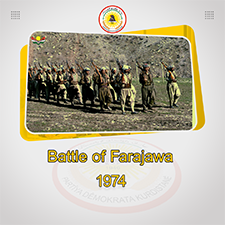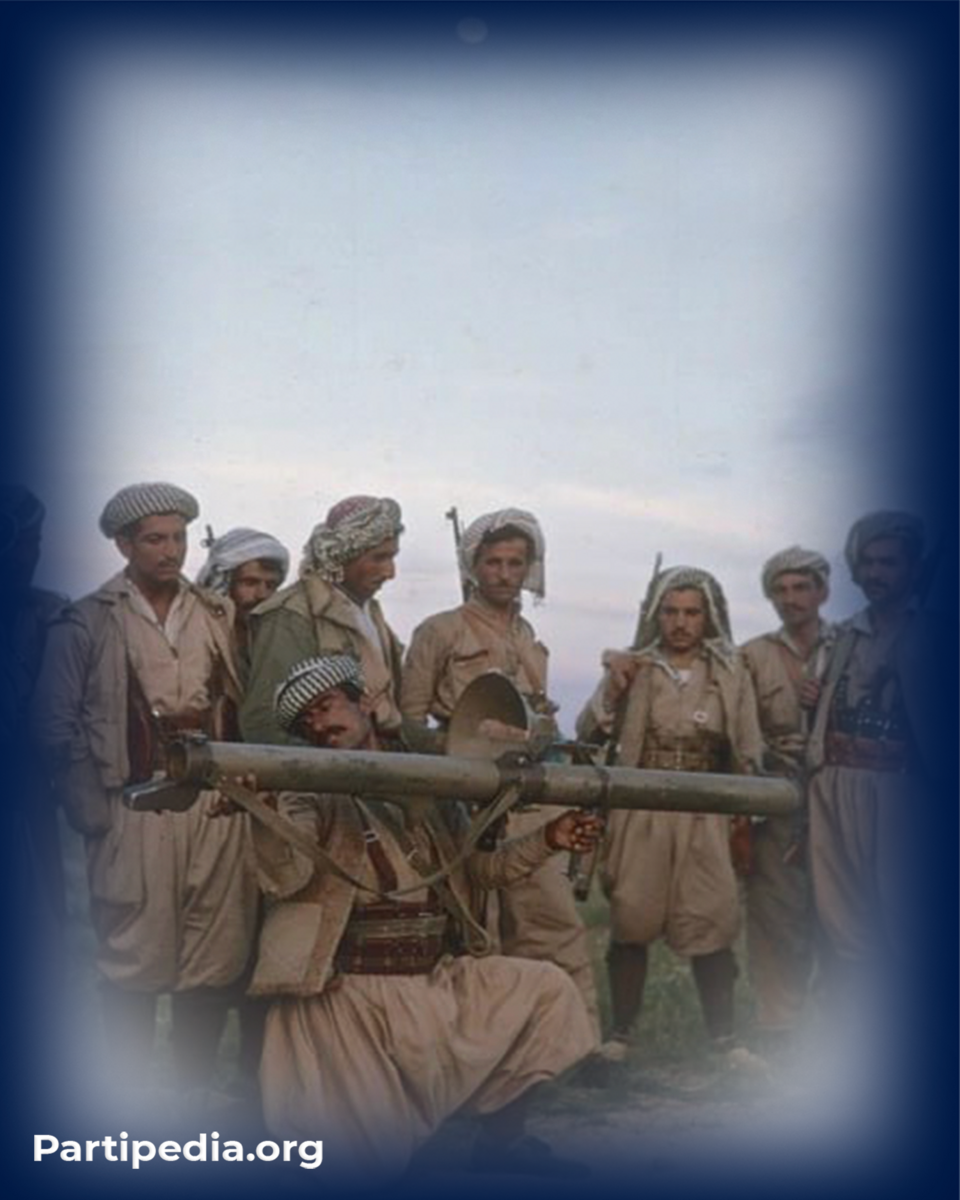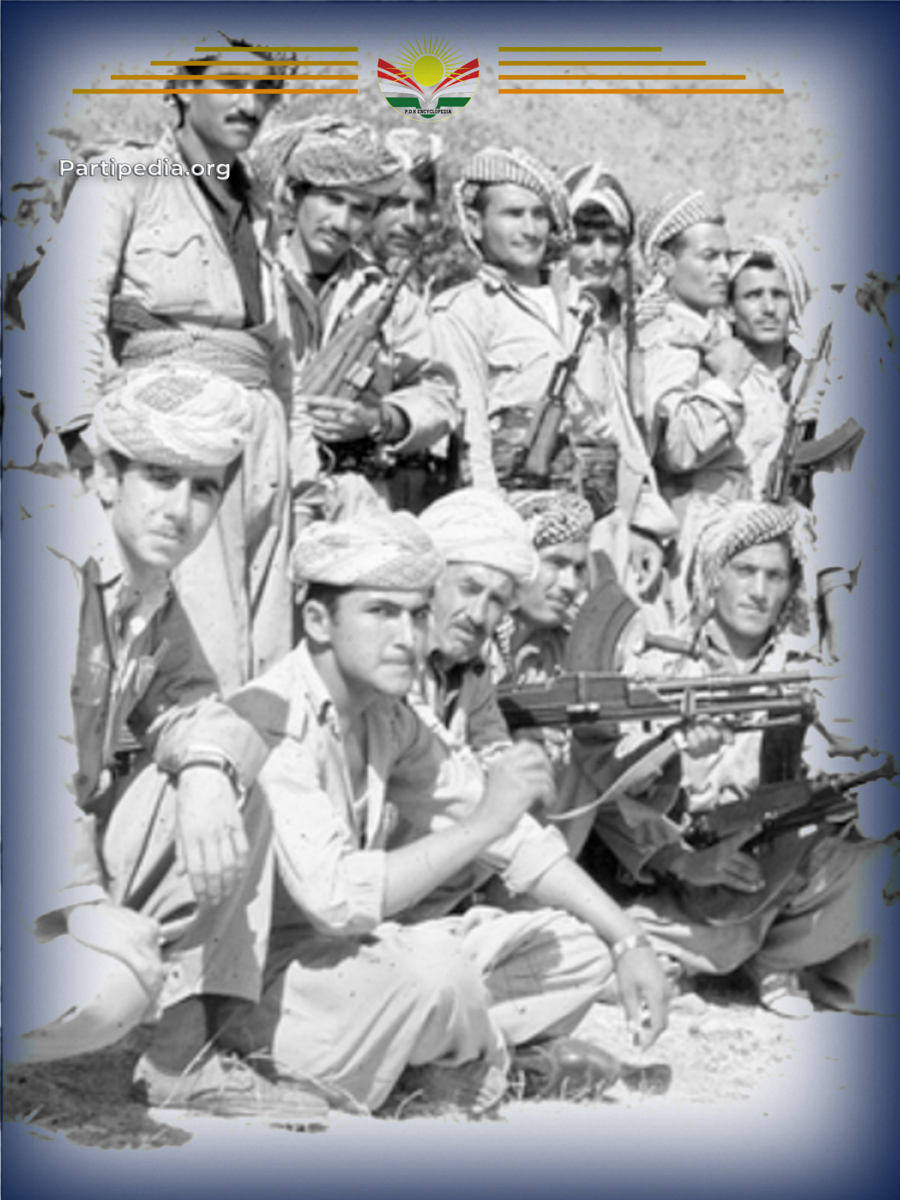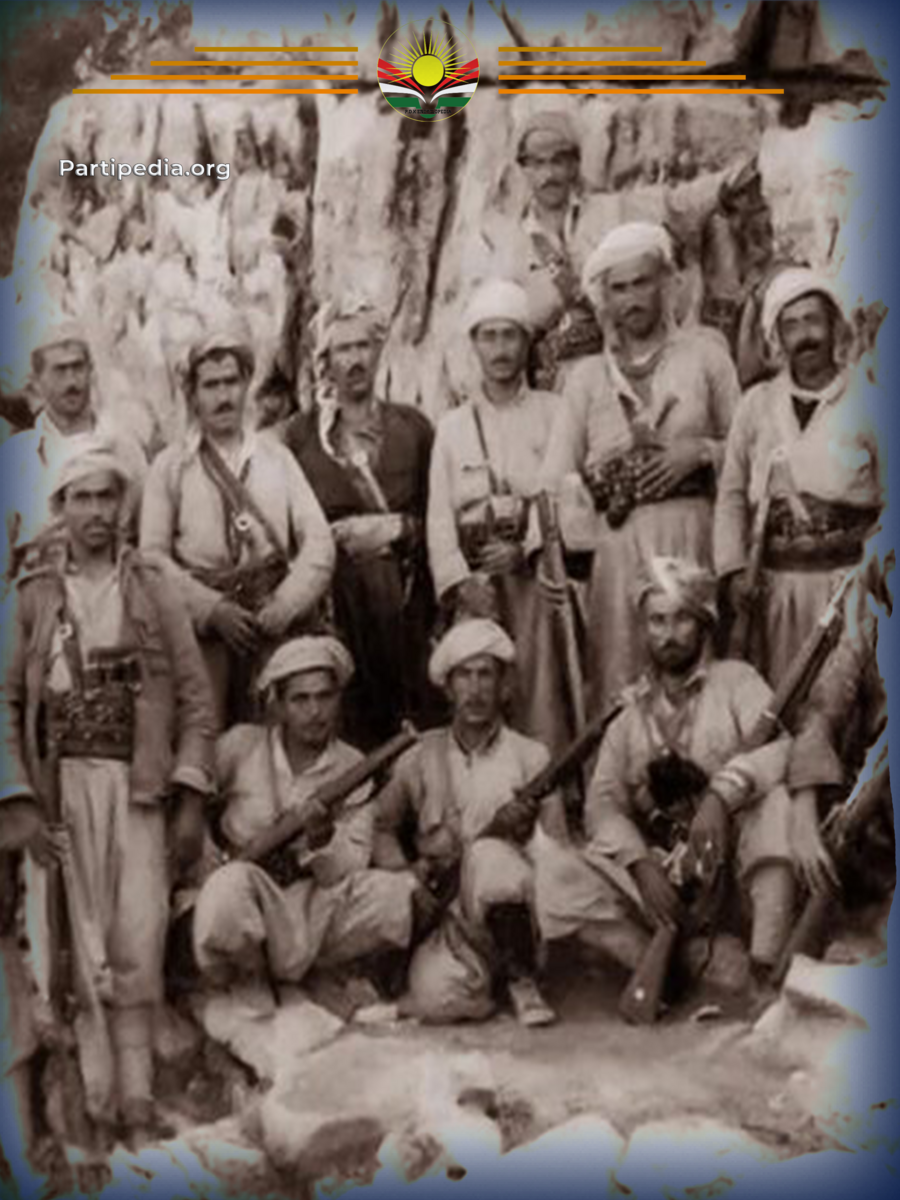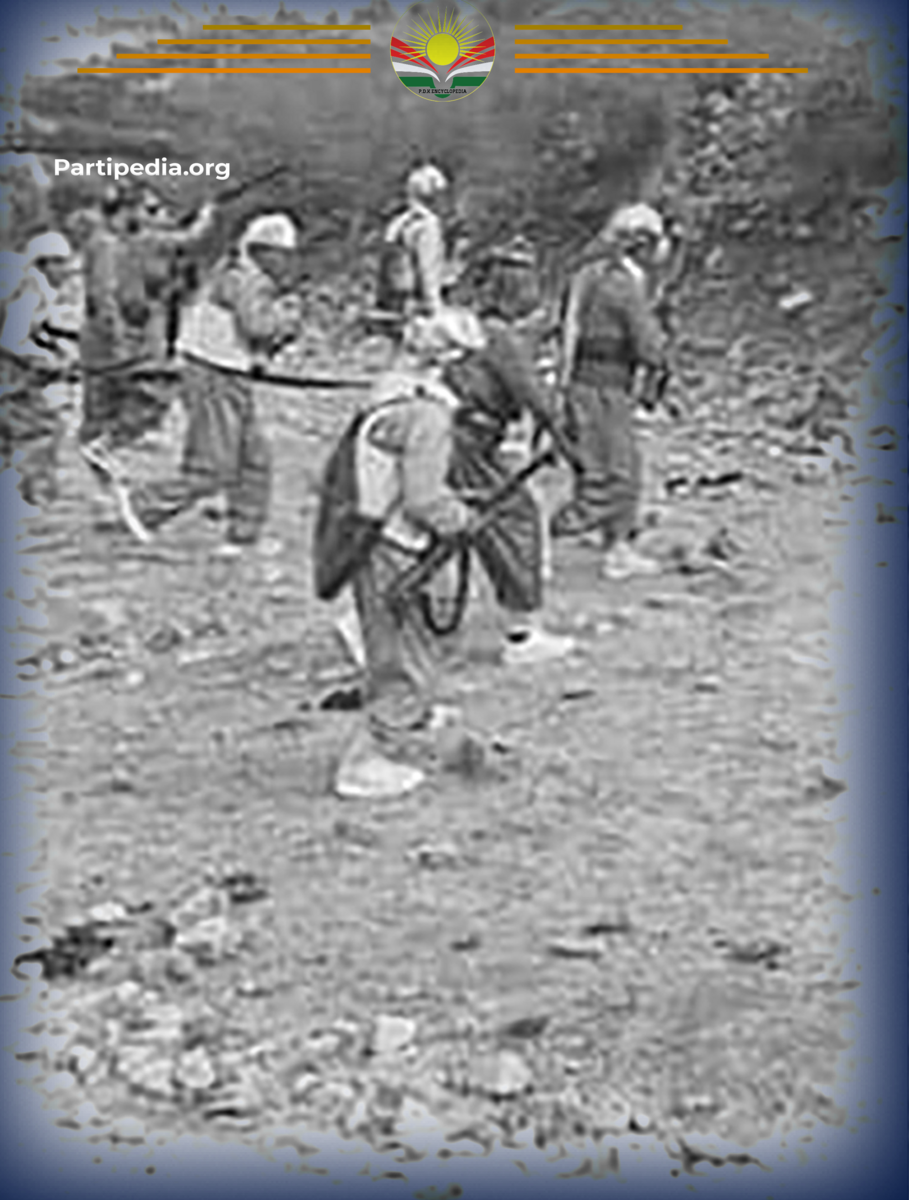This attack involved the deployment of a formidable army, comprising a quarter of a million troops armed with sophisticated weaponry, including numerous modern tanks, various types of aerial weapons, and an air force. The objective was to suppress the Kurdish resistance and undermine the September Revolution as per the provisions outlined in the Treaty of Friendship and Cooperation between Iraq and the Soviet Union.
The Garmian region, similar to other regions in Kurdistan, faced attacks from three directions, namely the north, south, and west. Forces were deployed from Sulaimani, Halabja, and Kirkuk with the aim of gaining control over the entire Garmian area. The capture of Garmian can be attributed to various factors, as stated by Iraqi Army Chief Brigadier General Abdul Jabbar Shanshal and Northern Regional Commander Brigadier Saeed Hamo. These factors include the region's vast expanse, encompassing significant cities like Khurmal, Halabja, Sirwan, Arbat, Sayed Sadiq, Darbandikhan, Sangao, and Karadag. Additionally, the mountainous terrain in the region has historically served as a stronghold for the revolution and posed a significant threat to the government. The closure of a portion of the Iranian border with Kurdistan and the restriction of revolutionary areas were implemented to prevent the Peshmerga from infiltrating the cities and launching attacks against the Iraqi army.
The attack was carried out by multiple military units deployed by the Iraqi army, including the 14th Division of the 1st Division led by Colonel Abdul Jabbar al-Safi, the Tank Battalion commanded by 1st Lieutenant Raad Hamdani, as well as the Air Force and Mercenaries (Jash). The preparations for the three-day attack in the Qliasan area south of Sulaymaniyah began on June 1, 1974, with the army commencing its movement on the morning of June 4, 1974. However, the advance of the Iraqi army was hindered by the Kurdistan Peshmerga forces at the village of Farajawa, resulting in significant casualties and injuries among the soldiers and jashes. The Peshmerga forces managed to capture approximately 20 soldiers and jashes. On the revolutionary side, three Peshmergas were killed and several others wounded during the confrontation, leading to a major defeat for the army. Subsequently, the Iraqi army initiated shelling of the villages and Peshmerga positions in the area.
On the following day, the Iraqi army persisted in their attacks, bolstered by the assistance of warplanes and hired soldiers. They successfully seized control of Arbat and continued their progression towards Darbandikhan. However, prior to reaching their intended destination, they encountered another confrontation with a Peshmerga force at the Tanjaro Bridge in Zarayn. This encounter resulted in a fierce battle, during which the Peshmerga forces managed to impede the army's advancements. Nevertheless, the Peshmerga force was significantly outnumbered by the formidable 16th armored force, led by Colonel Mahmoud Wahib, who had arrived from Jaloula. Consequently, the Peshmerga forces could not sustain their resistance any longer and were compelled to retreat, allowing the army to successfully enter Darbandikhan.
Resources:
-
شەوکەت مەلا اسماعیل حەسەن: ڕۆژانێ لە مێژووى شۆرشى ئەیلوول، ١٩٦١-١٩٧٥، چاپخانەى وەزارەتى پەروەردە، هەولێر – ٢٠٠٧.
-
کاروان جوهر محمد: ئیدریس بارزانى ١٩٤٤- ١٩٨٧ ژیان و ڕۆڵى سیاسیى و سەربازى لە بزوتنەوەى ڕزگاریخوازى کورددا، چاپخانەى هێڤی، هەولێر، ٢٠١٩.
-
- مسعود بارزانی: بارزانی و بزوتنەوەى ڕزگاریخوازی کورد، بەرگی سێیەم، بەشی دووەم، شۆڕسی ئەیلوول ١٩٦١-١٩٧٥، چاپى یەکەم – هەولێر، ٢٠٠٤.
-
سهنگهر ئيبراهيم خۆشناو: ڕووداوه سهربازيهكانى شۆڕشى ئهيلوول 1970-1975، چاپخانەى دانیشفەڕ، چاپى يهكهم، ههولێر، 2022.




